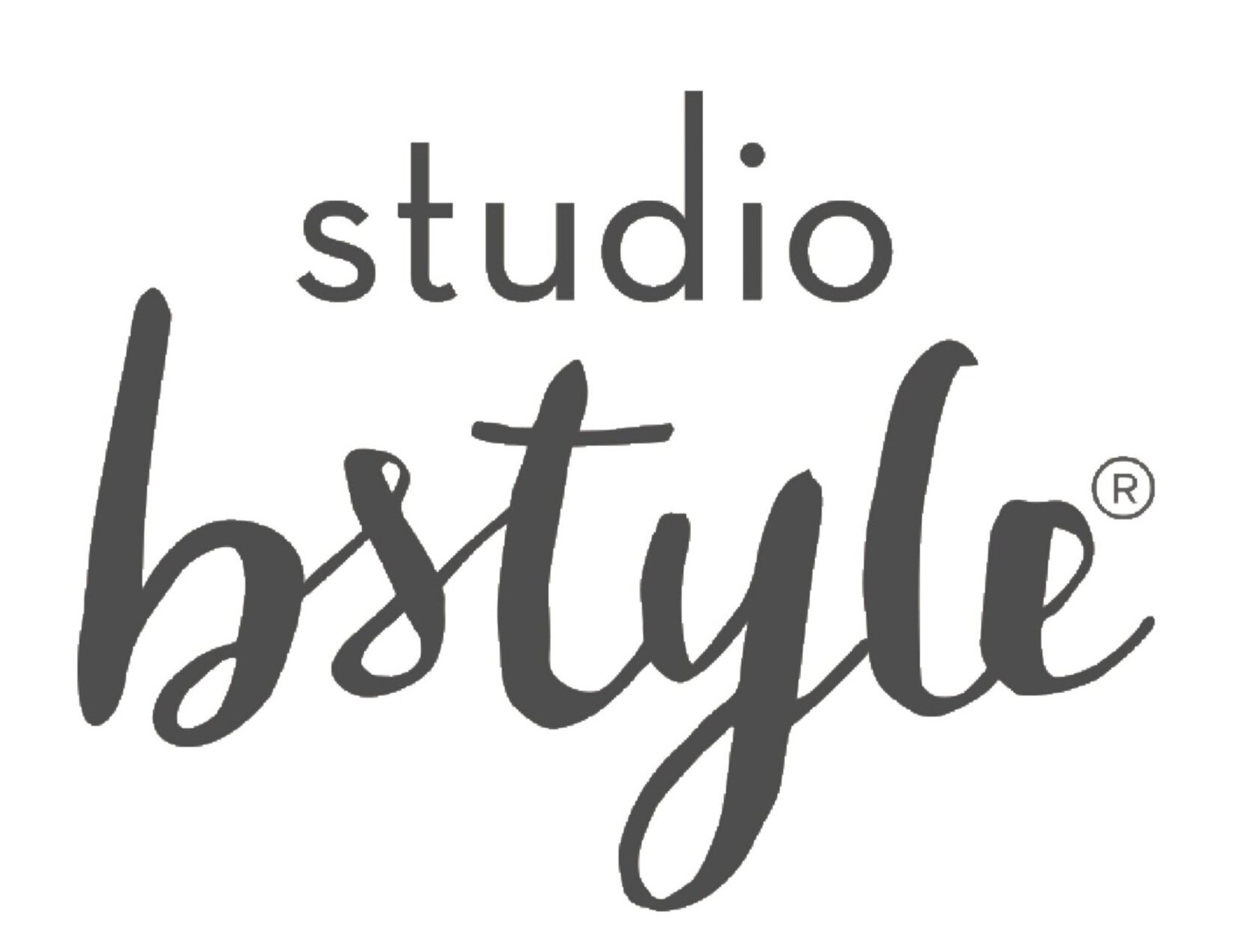Wellness in Design: Trends for 2021
We have snow on the ground here in Minneapolis, which means that we’re getting close to the end of 2020. A lot has happened this year, but maybe nothing has been more significant than the COVID-19 pandemic and the many ways in which we’ve had to adjust our lives around it. Even when we eventually have a cure or a vaccine, we will be living in a post-COVID world, and designers are already thinking about what that world will look like. More importantly, post-COVID designs must account for ways to keep us healthy and safe.
First and foremost, we will have to reconcile our longing for the outside world with the safety and popularity of working at home. We want the open air and sunlight in our homes and workspaces, but the coming winter and the persistence of the coronavirus might put a damper on your ability to go out and experience nature. Designers are building larger windows and more open walls, following the style of West Coast homes and tropical resorts that open directly to the beach. A seamless connection with the outdoors is unfortunately less feasible for areas with cold winters, and such designs will often require screens to keep out the elements.
A modern living room with sliding doors by Marvin connecting the indoors with an outdoor view.
Natural light and more open spaces go hand in hand with the main goals of home office design, which are to create a sanctuary space that promotes creativity and productivity without losing comfort and convenience. In addition to getting more plants and sunlight, consider adding a lounge chair so you can work while putting your feet up, and getting yourself a larger table in place of a traditional desk. Your home office should live up to its name by being comfortable, well-stocked, and customized to your tastes.
A white-and-gold home office built for Jeffrey Court.
The other big thing that COVID is denying us is socializing. Going out to bars and restaurants carries an undeniable risk of virus exposure, and even hosting friends for dinner is a dangerous proposition, regardless of how considerate and careful your guests are. It’s a sobering thought that will haunt social gatherings for quite some time to come, and it’s influencing how designers approach key social spaces like porches, entryways, and dining rooms.
Indoors gatherings will rely on the development of new air movement and filtration systems. Since COVID is an airborne virus, the only way to keep guests safe is to keep air moving and circulating without allowing viral particles to linger. “Current HVAC and HEPA systems are not up to the task of making indoor gatherings safe,” says Barbara Schmidt of studiobstyle. “The next big innovations in design and architecture will be about clean air.” Focus on making your indoors social spaces, such as dining rooms, living rooms, and entry halls as spacious and open as possible, and keep social gatherings small and safe while filtration and air movement technology catch up with our needs. If you want to maximize safety, have your guests wear masks and have mealtimes separate from your social time.
A Wilsonart Thinscape counter, an easy-to-clean and beautiful surface for kitchens and bathrooms.
Meanwhile, the great outdoors has far fewer worries about air circulation. Outdoors furnishing will emphasize easy-to-clean and antimicrobial materials, especially in commercial designs that need to handle many groups over the course of a day. However, such materials can be costly, and it will fall to designers and manufacturers to manage those factors while they aim for the best outcome. This could include developing new, less-harmful materials, reusing and recycling extant items and parts, or simply designing timeless, durable outdoor areas that won’t need to be replaced for a long time.
It can be scary to face so many changes to how we live and how we build our homes and workspaces so quickly, but we have a lot to look forward to as well. By actively pursuing wellness as the goal of our designs, we are creating homes that put us more in touch with nature and our own health than ever before, and we’ll see many more people focusing on making their home a place they love to be.



